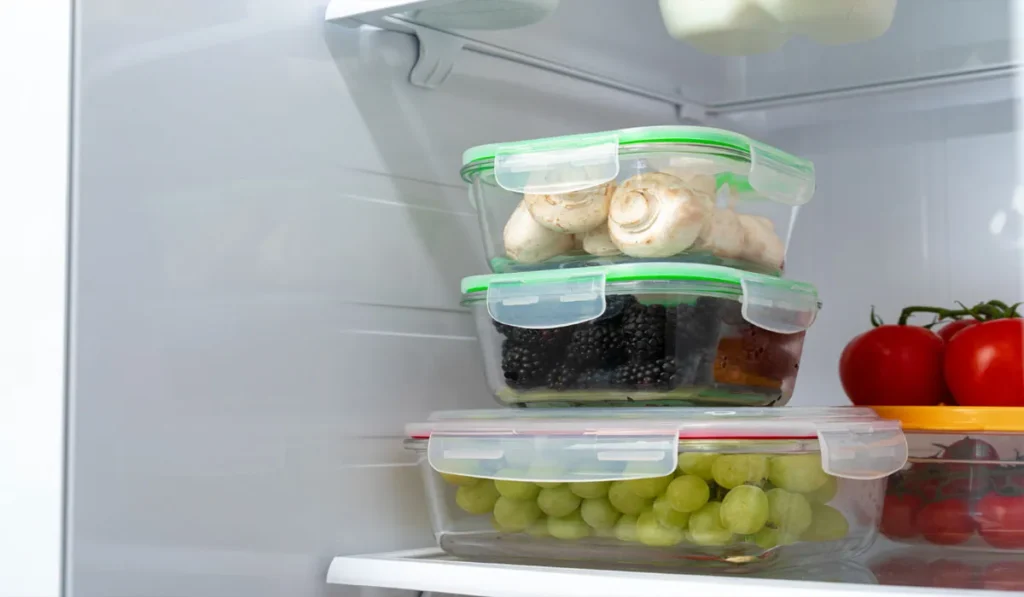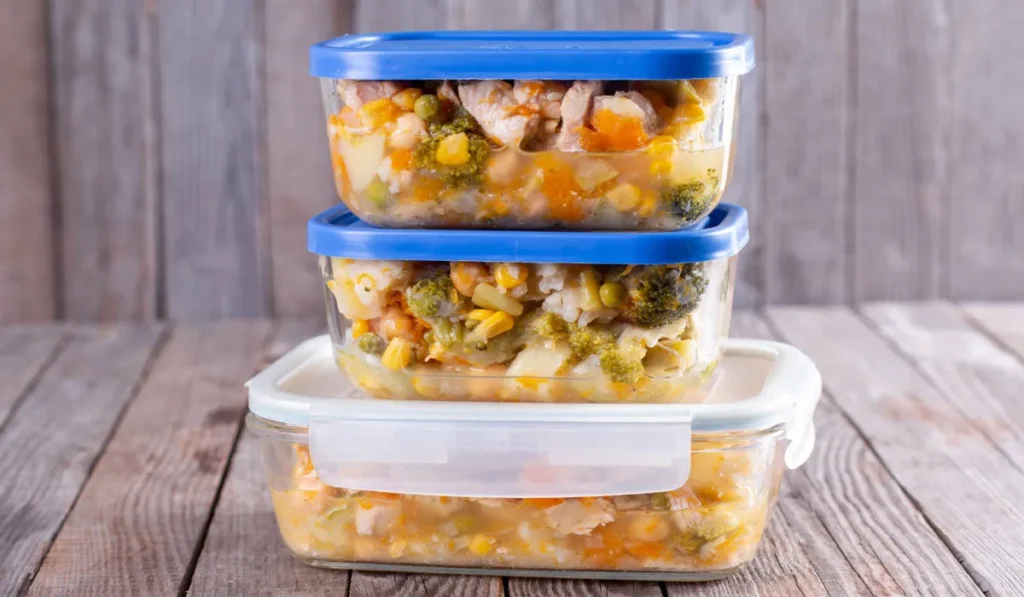Yes, you can reuse a container that had mold in it after thoroughly cleaning and disinfecting it. Scrub the container with soap and hot water, then apply a solution of 1 tablespoon bleach to 1 quart of water. Rinse well and dry completely before reuse.
Understanding Mold and Its Risks

What Exactly Is Mold?
Mold is a type of fungus that grows in multicellular structures called hyphae. These tiny organisms thrive in damp environments and reproduce through spores, which can be airborne and settle on surfaces.
Molds can be various colors, including black, white, green, or orange, and often appear as spots or fuzzy growths on food or containers.
Common Types Found in Containers
Several types of mold commonly take up residence in household containers. Some of these include Aspergillus, Penicillium, and Cladosporium.
Each type can look and act differently, but they all pose risks if they come into contact with food or beverages.
Health Risks of Mold Exposure
Exposure to mold can lead to various health issues, particularly for those with allergies or compromised immune systems.
Symptoms might include respiratory problems, coughing, sneezing, and in severe cases, infections or toxic effects. It is vital to handle mold with care to protect your health.
Circumstances for Mold Growth in Containers
Mold grows where it’s wet and warm. Leftover food, high humidity, or poor ventilation can create the perfect breeding ground for mold in containers.
Even a small amount of moisture can be enough for mold spores to start growing.
Cleaning Mold-Contaminated Containers

Guidelines for Removing Mold
Yes, it is possible to salvage containers that have mold. Begin by scrubbing the container with hot water and soap.
For added disinfection, create a solution with one tablespoon of bleach per quart of water. Soak the container, if possible, then rinse thoroughly and dry it completely to prevent any mold from returning.
Cleaning Agents and Tools
Different containers may require different tools and cleaning agents. Bleach, vinegar, and baking soda are effective against mold.
For example, glass containers can handle harsher chemicals like bleach, while plastic ones may fare better with vinegar to avoid damage.
Safety Precautions When Cleaning Mold
When cleaning mold, protect yourself. Wear gloves, a mask, and ensure the area is well-ventilated to avoid inhaling spores.
Never mix bleach with other cleaners, especially ammonia, as this can create toxic fumes.
Preventing Future Mold Growth in Containers

Tips for Proper Storage
To prevent mold, store food and items correctly. Use airtight containers and refrigerate perishables promptly. Keep dry goods in cool, dry places and check regularly for any signs of moisture or spoilage.
Regular Cleaning and Maintenance
Clean your containers regularly. Even if they look clean, invisible mold spores could be lurking.
Using hot, soapy water and drying them thoroughly after each use can prevent mold from taking hold.
Monitoring Humidity and Temperature
Keep an eye on the humidity and temperature in your home. Mold loves warm, humid conditions, so use dehumidifiers and air conditioners to maintain a less hospitable environment for mold.
Tools like hygrometers can help you monitor these levels effectively.
FAQs About Reusing Containers with Mold
Is it safe to use a container after mold has been found in it?
Yes, it is safe to use a container after mold has been found in it, provided it is thoroughly cleaned and disinfected.
Can you clean a moldy container with just soap and water?
Soap and hot water are the first step in cleaning a moldy container, but you should also use a bleach solution to ensure it’s disinfected.
How do you disinfect a container that had mold in it?
Disinfect a container that had mold by applying a solution of 1 tablespoon bleach to 1 quart of water, then rinse well and dry completely.
What is the proper way to dry a container after disinfecting it from mold?
After disinfecting, rinse the container thoroughly and allow it to dry completely before reuse, which can be air-drying or using a clean towel.
After cleaning, how can I be sure the mold is gone from the container?
After cleaning and disinfecting with bleach solution, inspect the container for any remaining mold spots. If none are visible and it has been properly dried, it should be safe to reuse.
Final Thoughts
It is indeed safe to reuse containers that have had mold, provided they are properly cleaned and disinfected.
This involves a thorough scrubbing with soap and hot water, followed by a bleach solution treatment (1 tablespoon bleach to 1 quart of water).
After a complete rinse and ensuring the container is fully dried, it is suitable for reuse.
